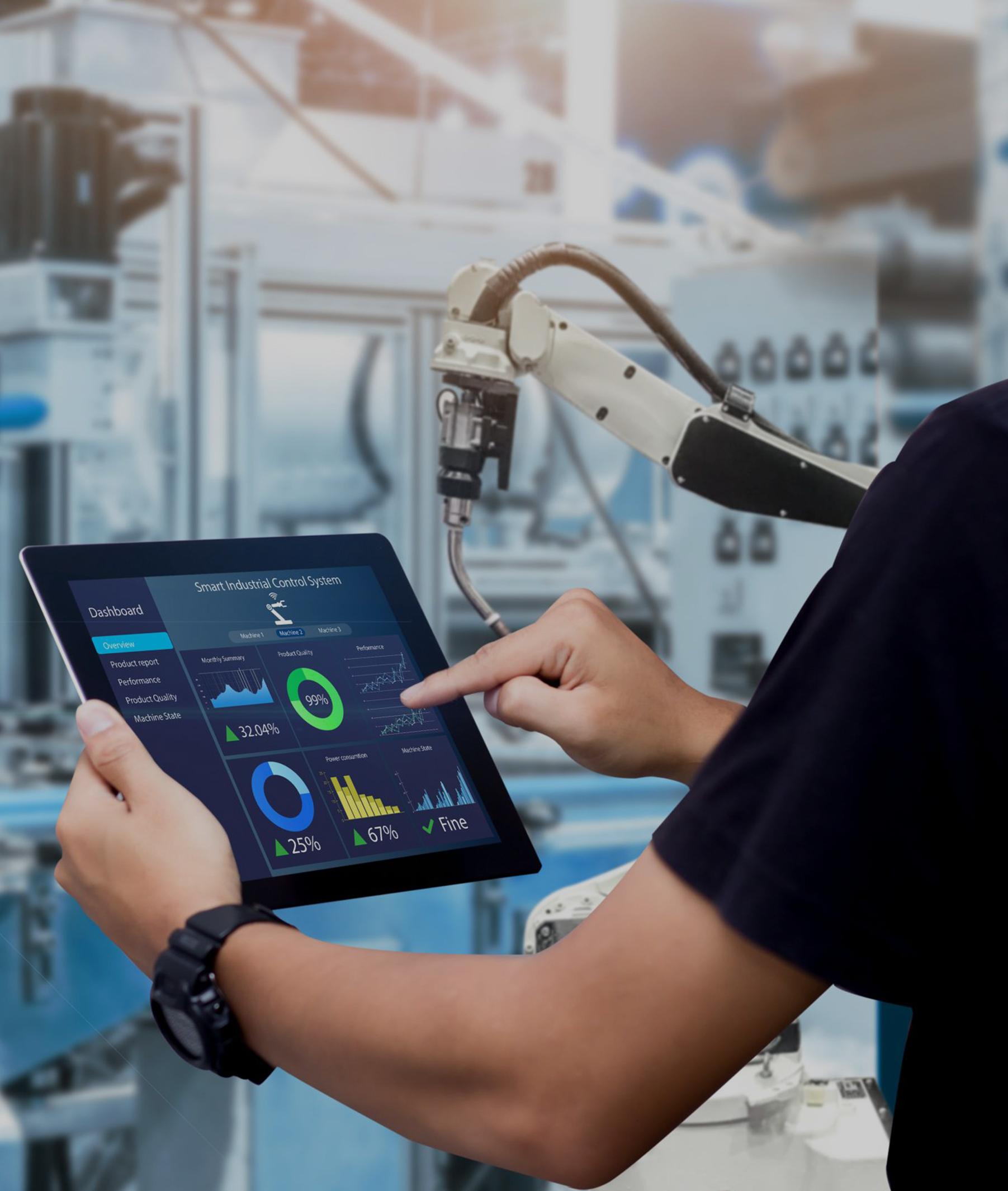
 |
Same Day Shipping for Stock Items |
|
DHL / Fedex / UPS / Aramex |
|
|
Professional one-on-one service |
|
100% brand new and original |
|
The ABB BCU-22 (3AUA0000110431) is a high-performance control unit designed for industrial drive systems. |
Picture/Video
Get Products pictures or Video for Inspection
|
Specification |
Product Image |
|
|
Brand Name |
ABB |
|
|
Model Number |
BCU-22 |
|
|
Alternate Part Number |
3AUA0000110431 |
|
|
Condition |
100% Original |
|
|
Quality |
Brand New |
|
|
Dimensions |
31.5x8.5x13.3cm |
|
|
Description |
Control unit |
|
|
Package |
Original Package |
|
|
Lead time |
In Stock |
|
|
Shipping term |
UPS DHL TNT EMS Fedex |
|
|
Payment |
T/T (Bank Transfer) |
|
|
Service |
One-Stop Service |
|
|
Weight |
1.56kg |
|
|
Warranty |
12 Months |
|
Product Description
The ABB BCU-22 (3AUA0000110431) is a high-performance control unit designed for industrial drive systems. It provides advanced control capabilities, I/O extensions, encoder interfaces, and multiple communication protocols to ensure seamless system integration. The control unit features an integrated Ethernet port for easy communication with PC tools and supports fieldbus adapters for industrial connectivity. A removable memory unit allows for quick and easy parameter transfer between units, minimizing downtime during maintenance or replacement.
|
Parameter |
Specification |
|
Model |
BCU-22 (3AUA0000110431) |
|
Communication Interfaces |
Ethernet, RS-485 (XD2D), optional RDCO DDCS board |
|
Drive-to-Drive Link (XD2D) |
RS-485 daisy-chained network |
|
I/O Extensions |
Support for digital/analog I/O extensions |
|
Encoder Interfaces |
Multiple encoder interface support |
|
Fieldbus Adapters |
Compatible with a variety of fieldbus adapters |
|
Ethernet Port |
Integrated for PC tool communication |
|
Removable Memory Unit |
Yes (for parameter retention and transfer) |
|
Data Logging |
On-board data logger for real-time data capture |
|
Memory Card Support |
SDHC card slot for data storage |
|
Option Slot |
For RDCO DDCS communication board |
|
Communication Protocols |
Ethernet, RS-485, DDCS |
|
Operating Voltage |
24 V DC |
|
Operating Temperature |
-10°C to +50°C |
|
Dimensions (HxWxD) |
Standard ABB control unit size |
|
Compliance |
CE, RoHS, and relevant ABB standards |
Frequently Asked Questions (FAQs):
NOTE:
1. The products quoted are brand new and original with a one-year warranty
2. Prices are ex works, for shipping calculations, Please send to my Email
3. Cooperation with the express delivery of DHL / Fedex / UPS / Aramex, etc,Delivery time is approximately '' 5 days '' from our warehouse to the destination country
4. Quotation validity: 30 days, if you need to extend, please reconfirm the price after 30 days.
5. Payment Term: 100% advance payment by bank transfer.
6. For the products '' in stock '' in the offer, our company can support video inspection
|
330130-040-02-CN 3300 XL Extension Cable |
CC-PDOB01 Digital Output 24V Module |
|
330104-00-08-05-02-00 3300 XL 8 mm Proximity Probes |
CC-PUIO31 Input Output Module |
|
330104-15-23-10-02-00 3300 XL 8mm Proximity Sensor |
CC-PUIO01 Universal I/O Module |
|
125840-01 AC Power Input Module |
CC-TUIO01 Universal I/O Module |
|
330103-06-25-10-02-00 3300 XL 8 mm Proximity Probes |
CC-PWR401 Power Supply |
|
330703-000-060-10-02-00 3300 XL 11mm Proximity Probes |
TP-FPW231 FLAT PANEL DISPLAY 23 INCH WIDESCREEN |
|
330102-03-20-10-02-05 3300 XL 8 mm Proximity Transducer |
CC-PCF901 Control Firewall Module |
|
102244-22-50-01 SERIES VIBRATION TRANSMITTER |
CC-TCF901 9 Port Control Firewall Module |
|
330104-06-12-10-02-00 3300 XL 8 mm Proximity Probes |
CC-PFB401 Fieldbus Interface Module |
|
330101-37-57-10-02-05 Proximity Transducer System |
CC-TFB412 Fieldbus Interface IOTA Module |
|
3500/40M 140734-01 Proximitor Monitor |
CC-PDIL01 Digital Input 24V Module |
|
330103-00-03-10-01-05 3300 XL 8 mm Proximity Transducer |
FC-PSU-UNI2450U Power Supply Unit |
|
330102-22-58-10-02-00 Proximity Transducer The 3300 XL probe |
FC-TSRO-0824 Digital Output Field Termination Assembly |
|
330103-10-20-05-02-CN 3300 XL 8 mm Proximity Transducer |
FC-FANWR-24R Fan Assembly Kit |
|
990-10-XX-01-00 MOD:165353-01 990 Vibration Transmitter |
FC-IOTA-R24 Redundant IO Termination Assembly |
|
330104-00-15-10-01-CN 3300XL 8 mm Proximity Probes |
FC-RUSIO-3224 Remote Universal Safe IO Module |
|
330130-040-00-00 3300 XL Standard Extension Cable |
FC-TSRO-08UNI DO(RELAY) FTA SIL3 COMMON POWER 8CH |
|
22811-01-06-10-02 Transducer |
MC-PLAM02 51304362-150 LOW LEVEL ANALOG MUX |
|
330101-24-35-10-02-00 3300 XL 8 mm Proximity Transducer |
FC-PSU-UNI2450U V2.0 Power Supply Unit |
|
330180-X1-CN MOD:145193-09 Proximity Sensor |
CC-PAIH02 51405038-375 Hart Analog Input Module |
Our hours